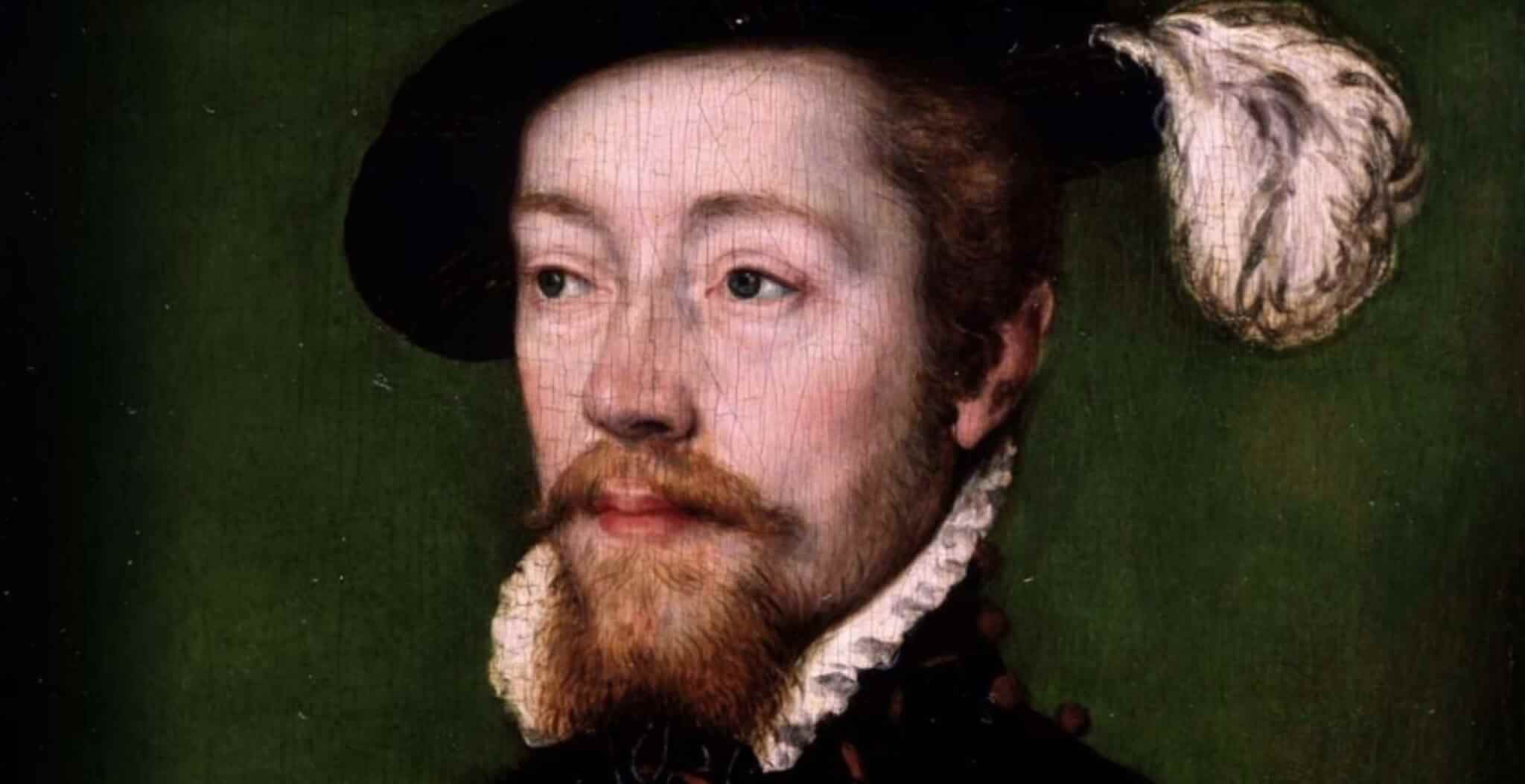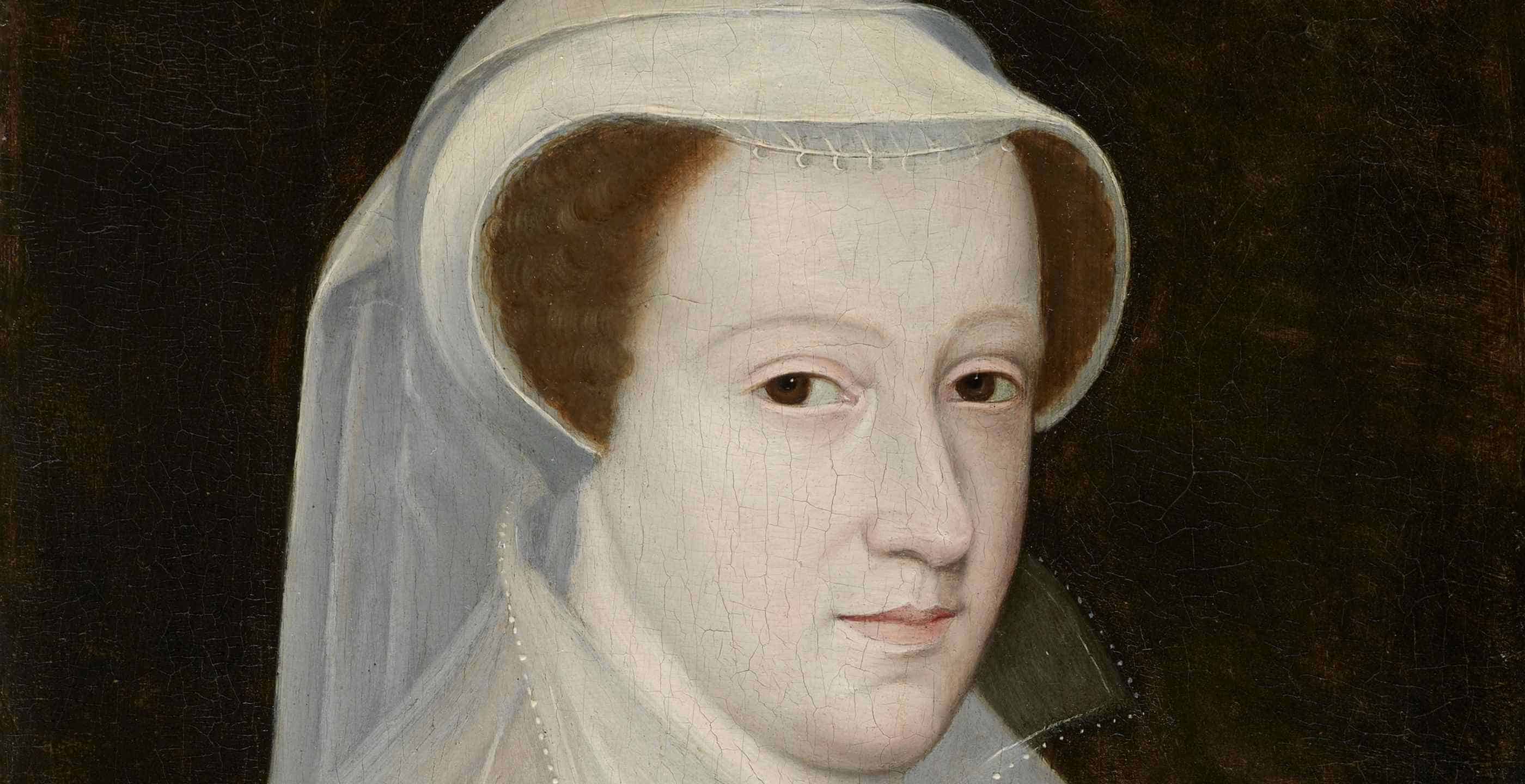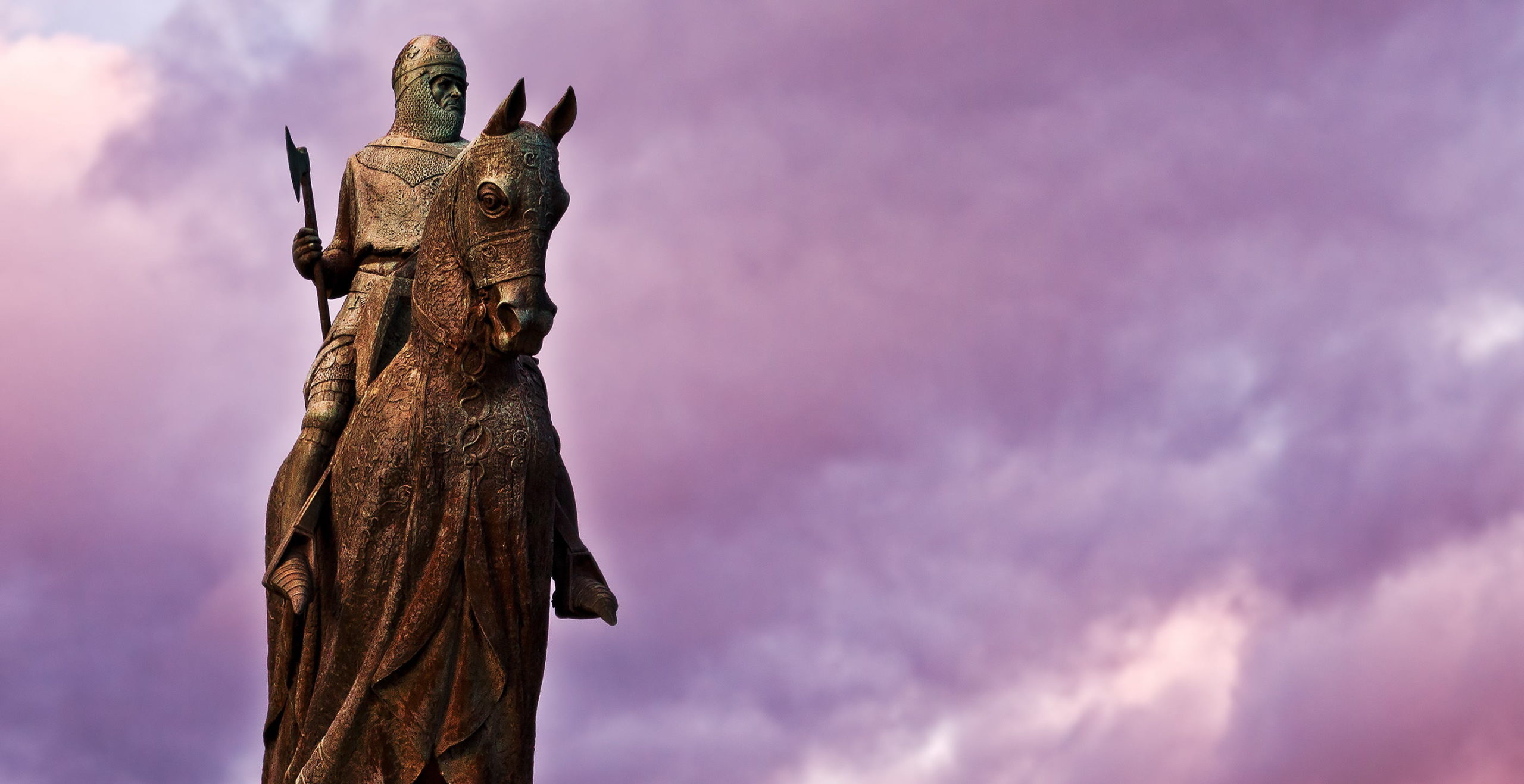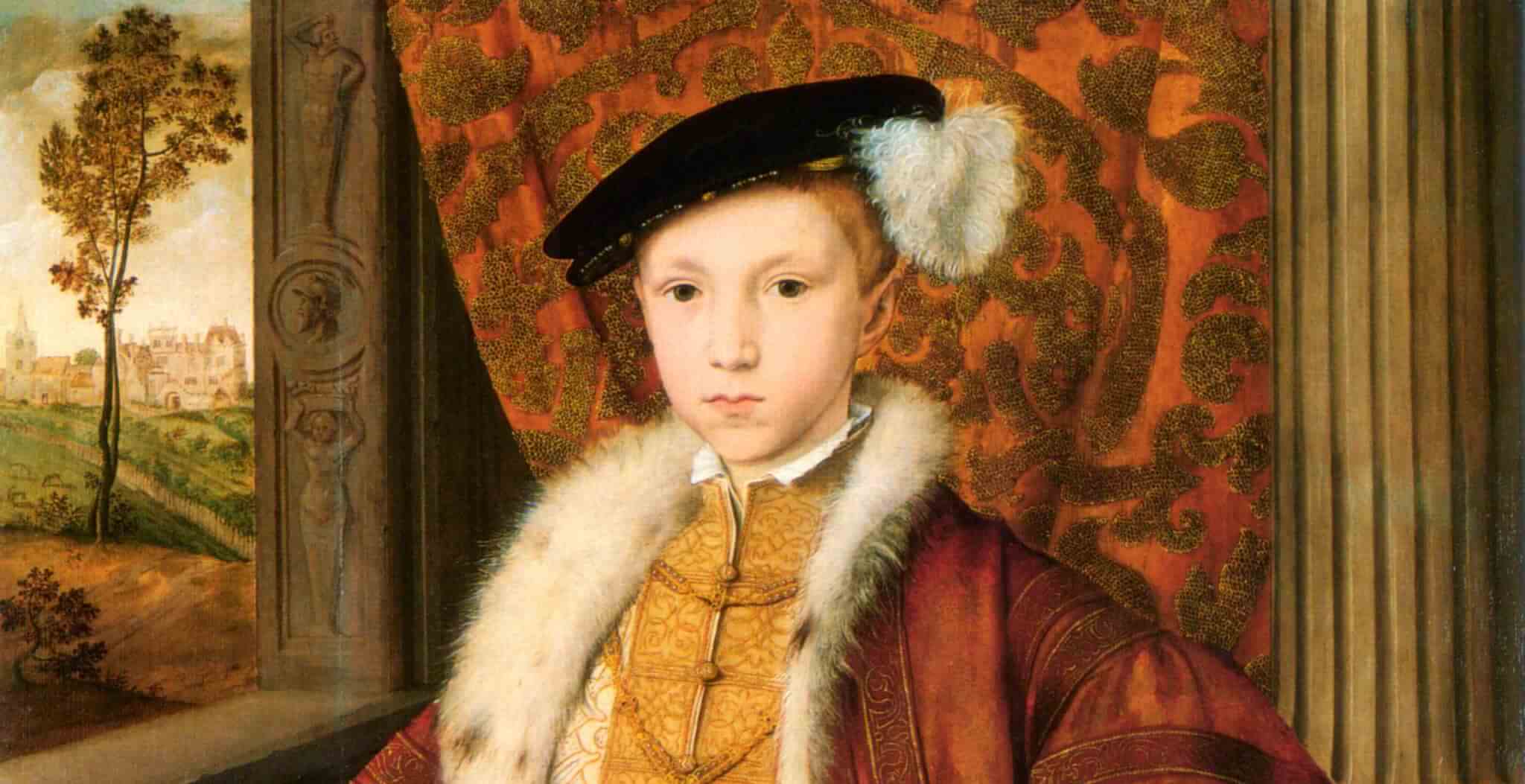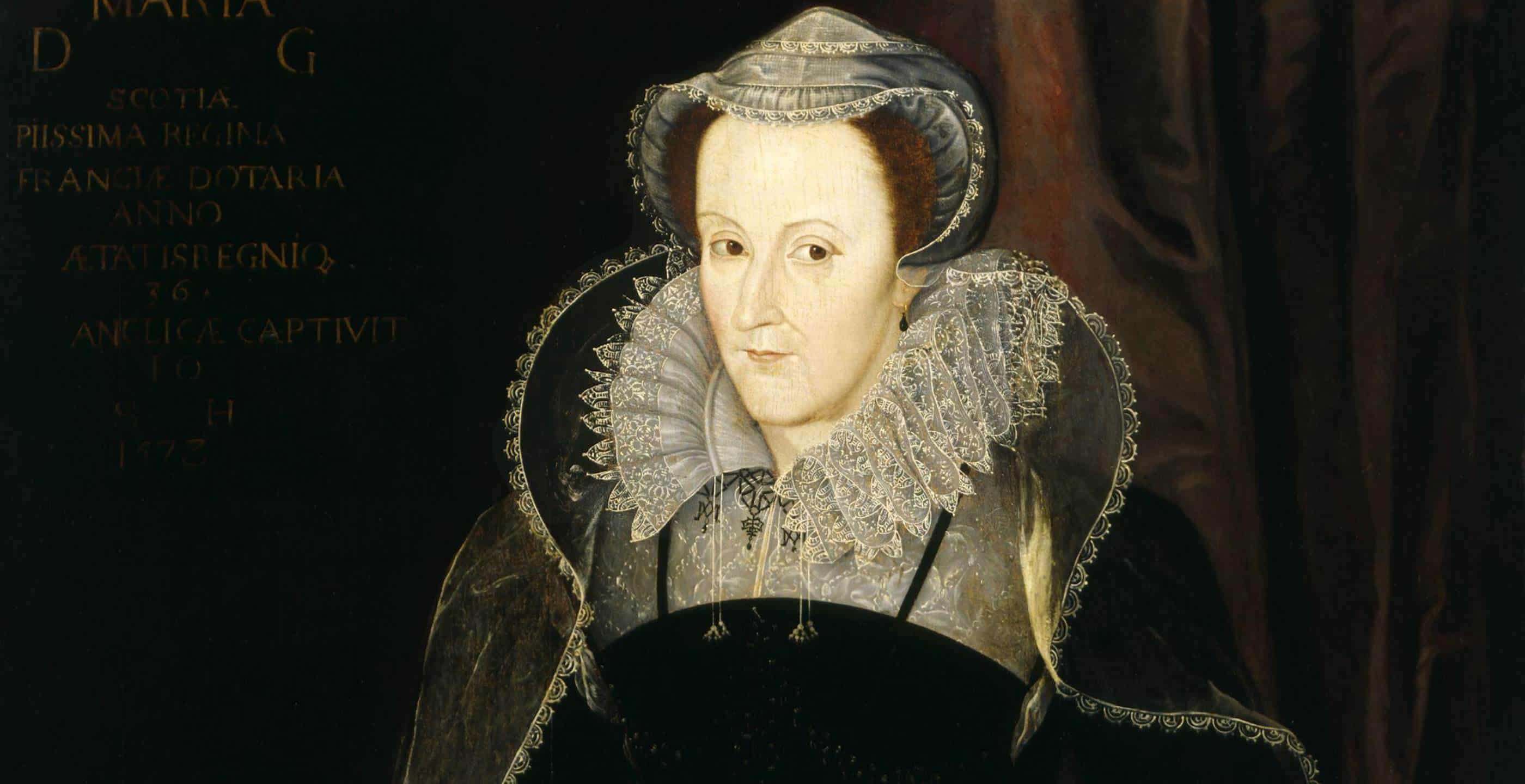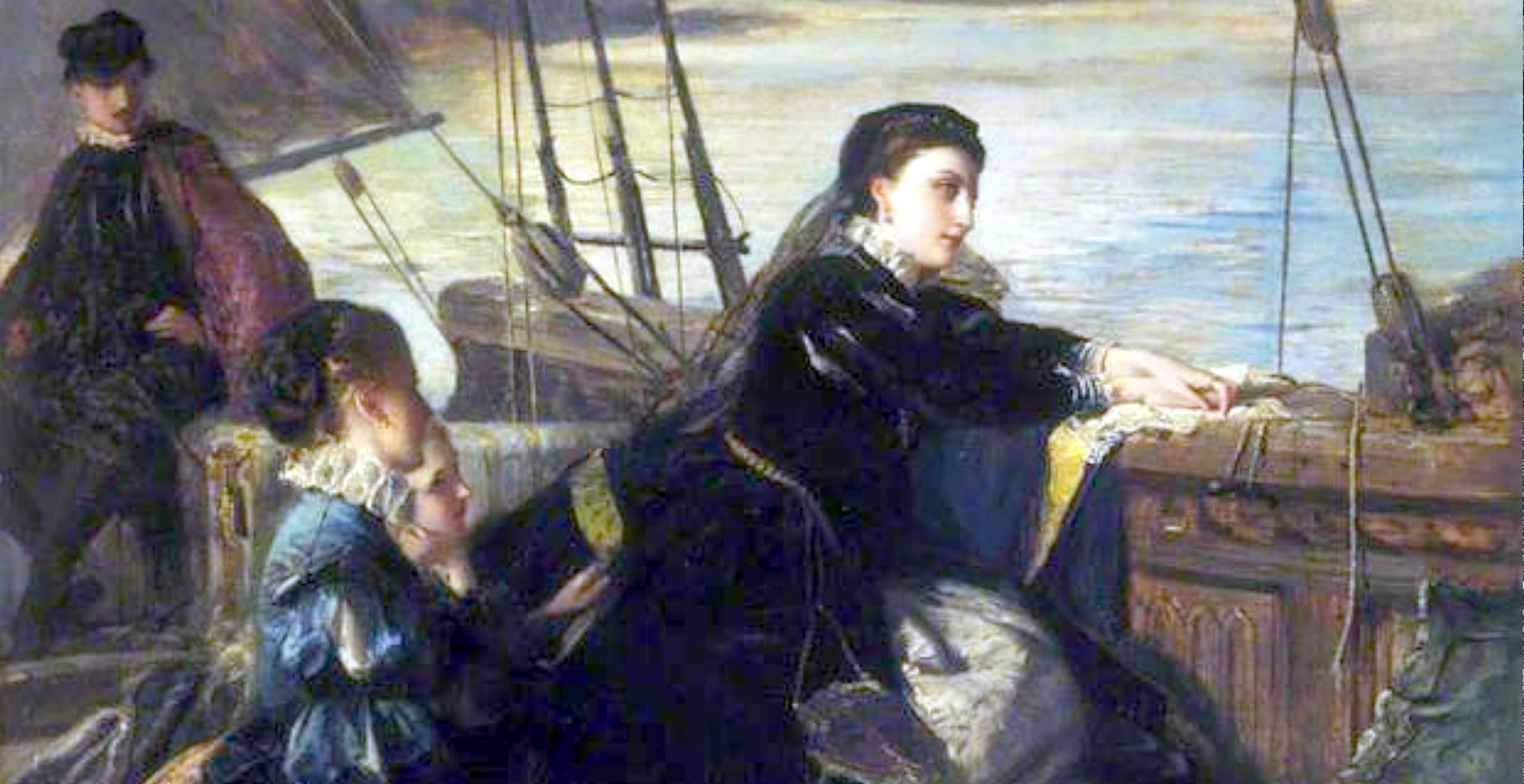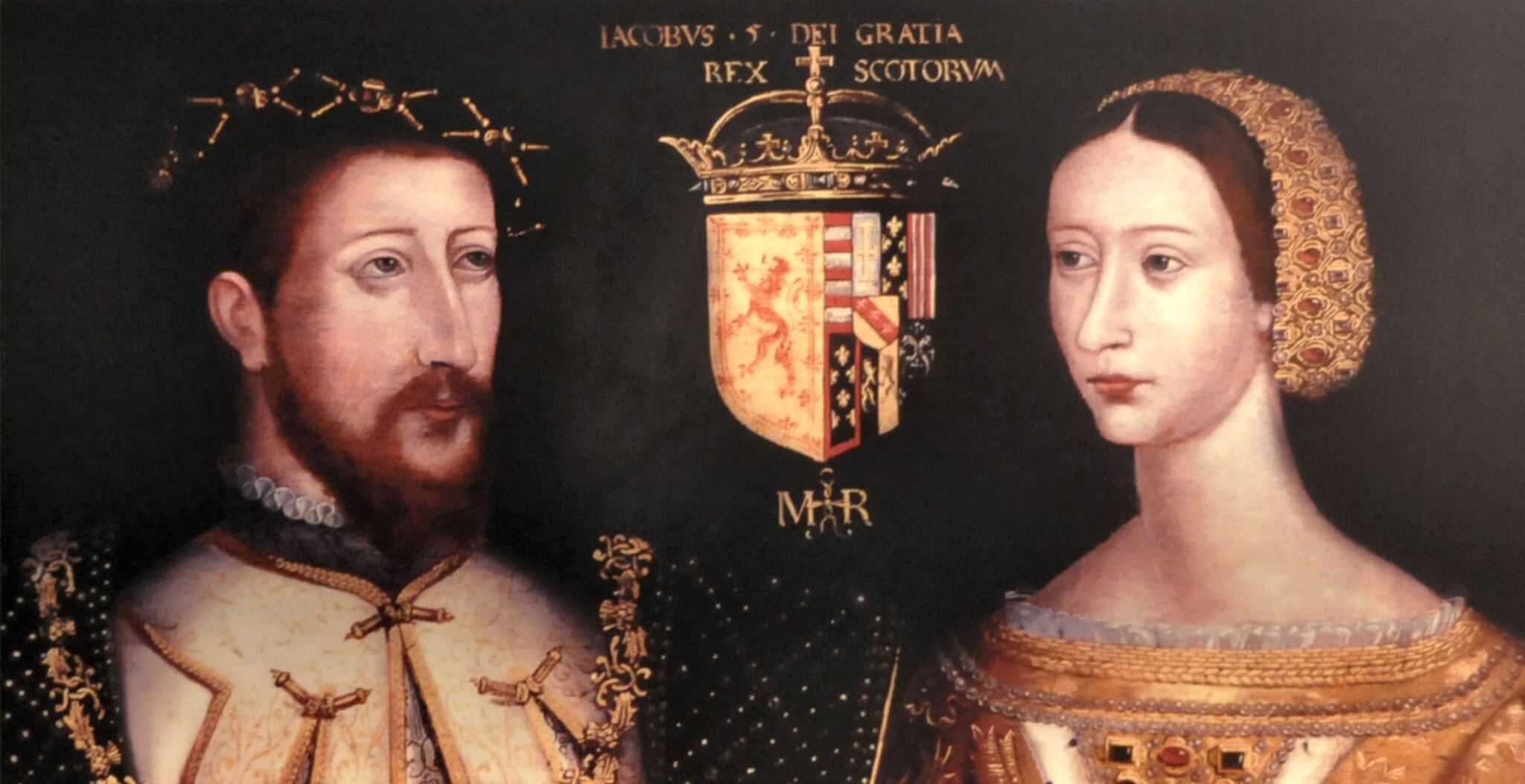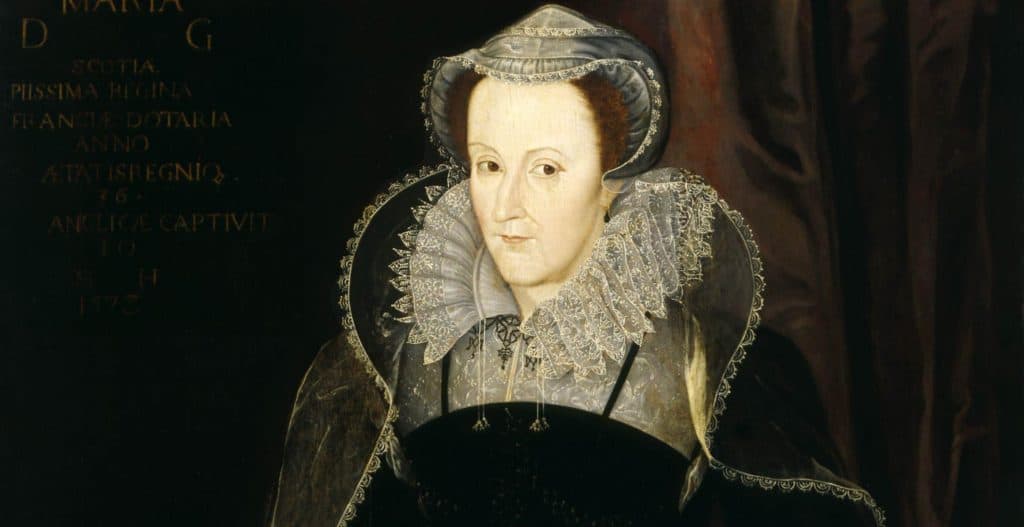Following his break from the Roman Catholic Church, King Henry VIII of England asked his nephew James V of Scotland to do the same. Not only did James ignore Henry’s request, he also refused a meeting with Henry to even discuss the matter.
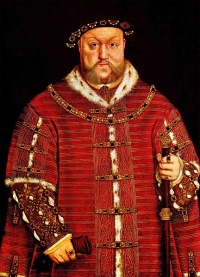
A tad annoyed at being ignored, Henry dispatched an army into Scotland to sack and burn a few Scottish border towns.
In retaliation, King James sent an army of around 18,000 Scots to do the same to the English border region. The local English commander, Sir Thomas Wharton, subequently amassed a force of 3,000 and the two sides met on the 24th November 1542.
On sighting the tiny English force atop the hill in front of them, the ill-led Scots hesitated fearing a ruse. The English cavalry seized their chance and charged; the Scottish ranks broke and attempted to retreat.
Trapped at the ford on the south bank of the River Esk, some Scots made a rearguard stand before finally surrendering. Many drowned attempting to cross the ford and those that survived hid in the boggy heathland that gives the battle its name, Solway Moss.
Losses as a direct consequence of the battle were relatively few, however several hundred Scots were believed drowned and around 1,200 taken prisoner.
Humiliated by the defeat, King James died a few weeks later aged just 30, leaving behind a six-day-old daughter, Mary, Queen of Scots.
Click here for a Battlefield Map
Key Facts:
Date: 24th November, 1542
War: Anglo-Scottish Wars
Location: Solway Moss, Cumbria
Belligerents: England and Scotland
Victors: England
Numbers: England around 3,000, Scotland around 18,000
Casualties: England 7 killed, Scotland around 1,200 with hundreds more drowned
Commanders: Sir Thomas Wharton (England), Robert, Lord Maxwell (Scotland)
Location:
